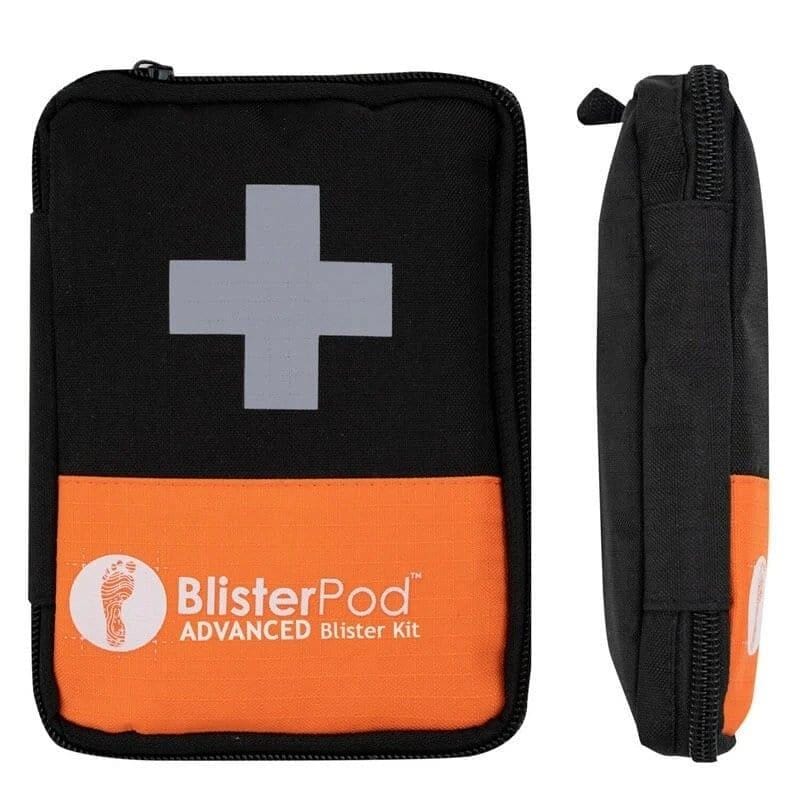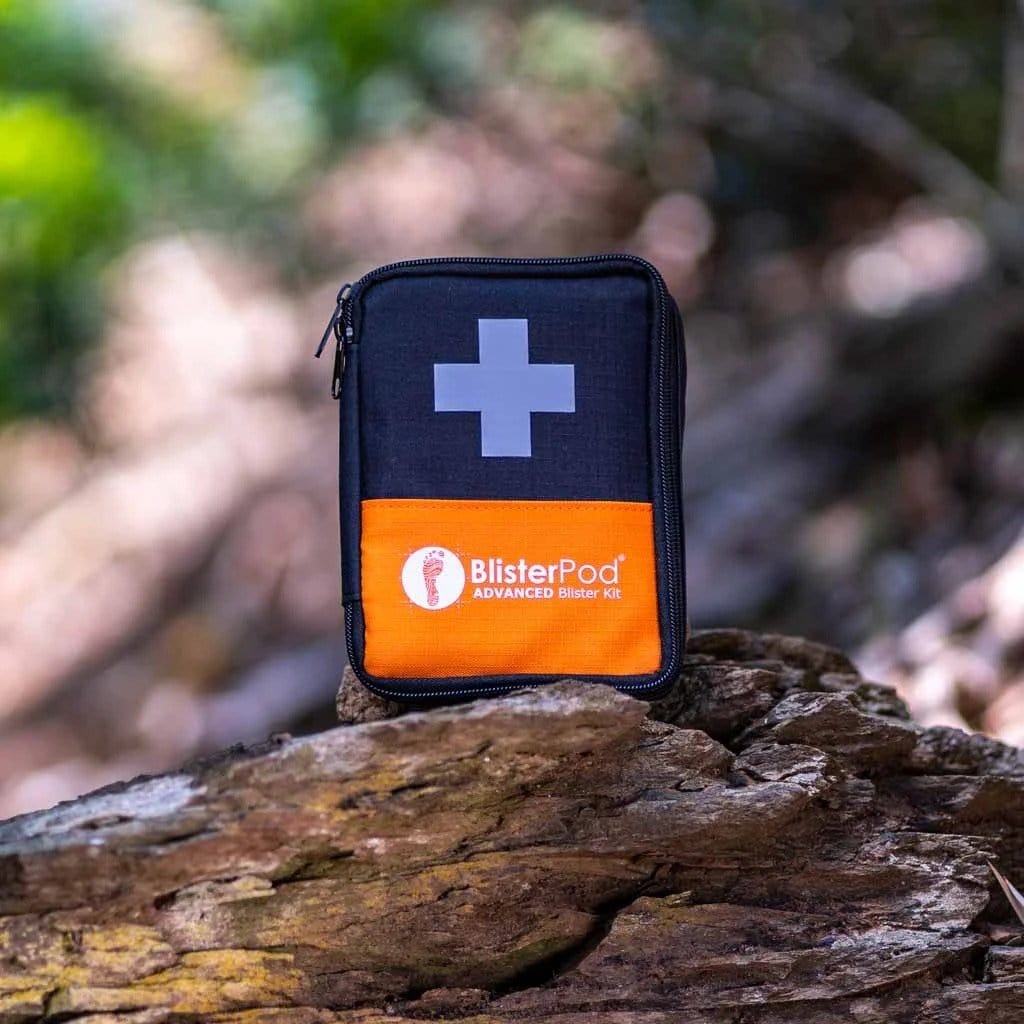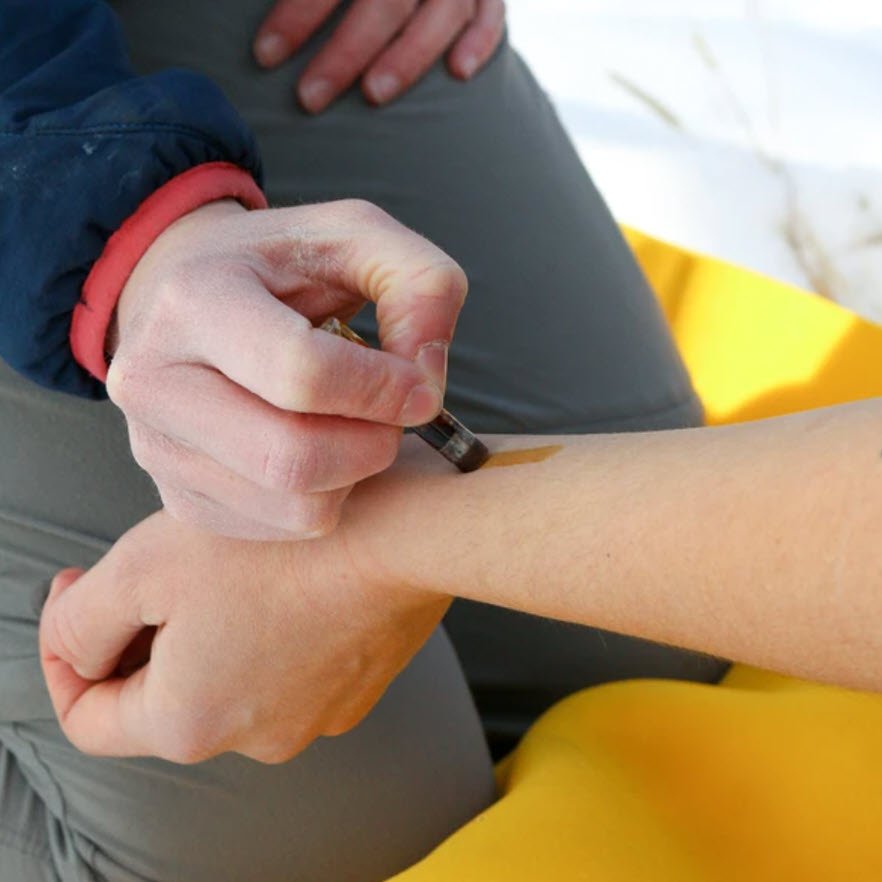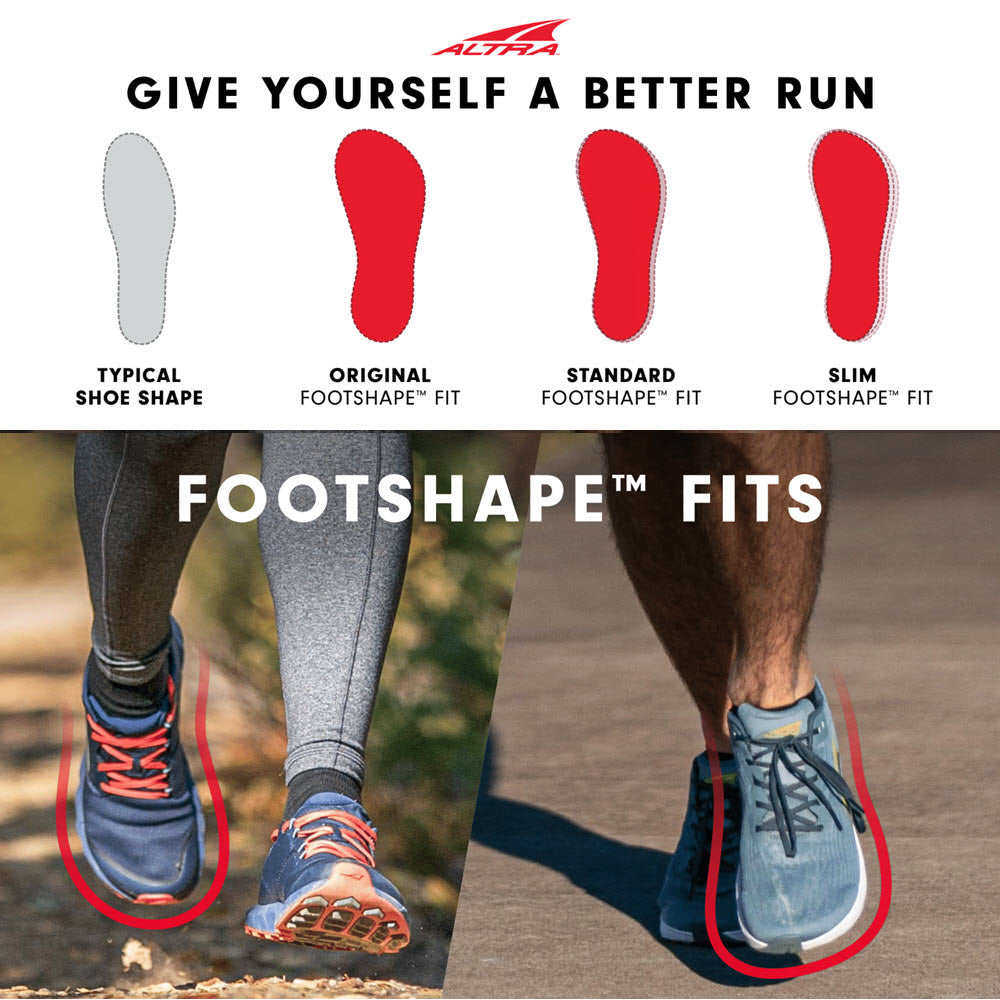Hiking and backpacking is fun! But getting a foot blister is a quick way to spoil that fun. Here's why you need to prevent hiking blisters on your feet.
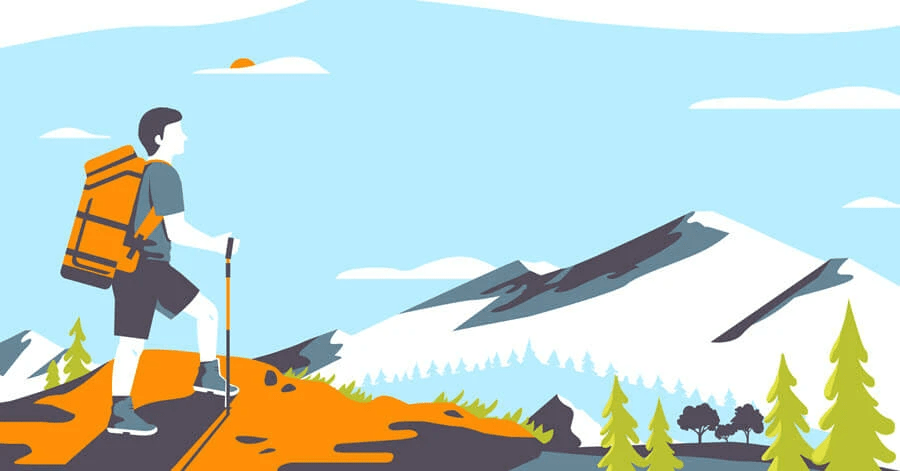
Hiking is a great solo, group or family activity. From day trips to thru-hiking, it’s great to get outdoors and surround yourself in nature. It's great exercise and good clean fun., which should be encouraged more often. But the fun can be easily ruined when hiking blisters plague your feet. They're the most likely injury you'll have to contend with and we will explore the research of hiking blisters in this article and why preventing blisters while hiking is important.
Unlike activities such as running, you can't simply pull out mid-course because your blisters hurt. The isolation means you can't call an Uber or catch a bus home.
Unlike sports like basketball and netball, you can't just come off the court and be replaced by a team mate while you get medical attention.
However, the one thing in your favour is you have a backpack. So you're able to carry the gear so you can prevent blisters while hiking. All you need to do is be a little bit organised and put together a blister kit,or buy a ready-made one.
Before we get into the detaisl of blister prevention and treatment, let's look at the research.
How Common Are Hiking Blisters?
Research has shown that blisters occur in:
- 29% of long distance hikers in Vermont¹
- 48% during a 21 km cross-country hike²
- 73% of Oxfam Trailwalker 100 km participants in Sydney 2011³
- 74% of hikers in Spain who walked at least 20 km in 5 days7
- 95% of college students on a 580 km road hike⁴
Wow, they're some pretty scary numbers!
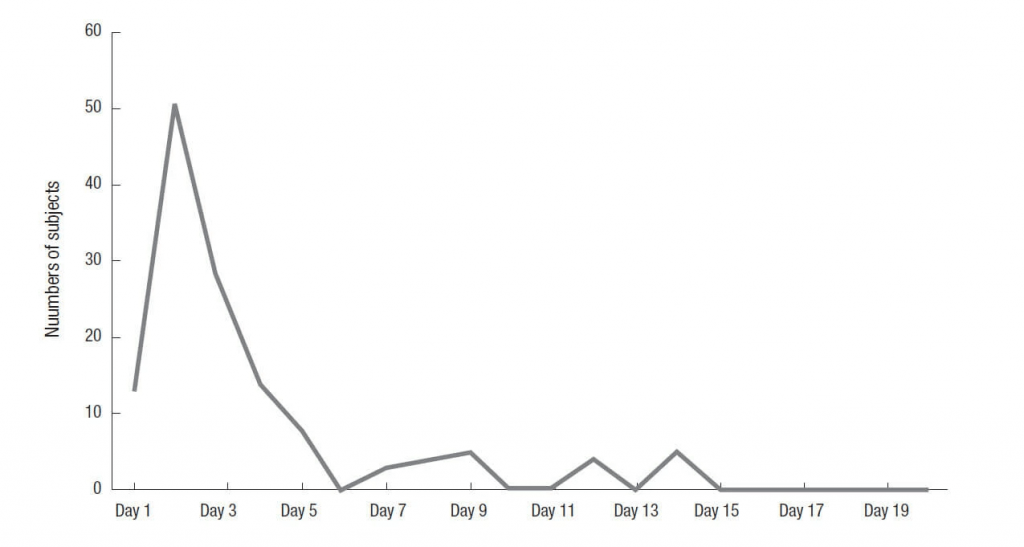
Let’s Put This Into Perspective
Researchers⁵ have found that blisters from hiking are:
- Twice as common as acute joint pain
- 3 times as common as back pain
- 3 times as common as Achilles tendon pain
- 3 times as common as cramps
- 4 times as common as tendinitis
- 6 times more common than ankle sprains
Why You Need To Know How To Prevent Blisters While Hiking
Having a foot blister makes you 50% more likely to experience an additional training-related injury!⁶ Blisters make you change your walking style - because they're painful and you're trying alleviate the pressure off them.
Enduring a blister while out hiking is the absolute last thing you need!

Are Foot Blisters When Hiking Inevitable?
An alarming number of people accept foot blisters as an inevitable part of their hike. Because they've tried lots of blister preventions to no avail. They've tried the best hiking socks to prevent blisters, and they didn't work. They've learned how to tie hiking boots to prevent blisters, but it didn't fix all their blister issues. After trying all the best tape for blisters, taping techniques, the best lubricants, powders, moleskin, some people still suffer from hiking blisters.
This is why so many people give in to the inevitability of foot blisters. They don't see reliably predictable results with prevention, so they view blisters as completely random and unpredictable. There are reasons for this; a deeply entrenched misunderstanding of what causes friction blisters is at the root of it.
Here's The Key
Don't start with "hiking" in mind. Start looking for the best preventions for a specific anatomical location on your foot. Then nuance to the activity. And get really specific
So, search for the best blister prevention for a certain part of your foot. For example, there are 3 types of heel blisters:
There are also 7 types of toe blisters:
- Top of toe blisters
- Toe tip blisters
- Blisters under toenails
- Blisters between toes
- Pinch blisters
- Outer little toe blisters
- Blisters under the big toe
Once you've read about the best preventions and you really understand their mechanisms of action, pros and cons, then you can use that information for your activity. Such as:
- Distance and duration
- Trail condition (flat and compacted, uneven, loose rubble)
- Terrain (incline, decline, river-crossings)
- Conditions (heat, humidity, cold, rain)
- How light you are packing (don't shoot yourself in the foot by not carrying what your blister-prone feet need)
- How much your feet are likely to swell
- Whether you're carrying an injury that might cause compensatory gait (eg: sore knee, weak ankle)
I really can't over-emphasise this point. If you really want to learn how to avoid blisters when hiking...
Search first for the blister site, then nuance for your activity.
There is no one trick pony when it comes to blister prevention. So, don't expect to be able to apply the same prevention to every blister and have 100% prevention success. Each area of your foot has its own set of factors that are relevant.
Having said that, if you're interested to know the two products that I wouldn't leave the house without, they would be Engo Blister Patches and Gel Toe Protectors. You'll go a long way with these two products for a large range of blister sites. Read the links and find out why I value them so highly. Each of them has pros and cons. Your success in learning to prevent blisters hiking will be determined by how you understand each prevention's ability to negate blister-causing forces (shear within the skin), and to navigate their pros and cons.
How To Predict Your Blisters
There's a lot that's predictable about blisters that most people ignore.
Just imagine... if you can predict which blisters you'll be bothered by, you could get the absolutely most effective prevention strategy in place before you even start, and you'll take those blisters completely out of the equation.
- Your blister history - The most likely blister you'll get is the one you've had before. It makes sense, when you stop and think about it. There's obviously a structural or functional predisposition there. But people just ignore that. Instead, they put their destiny in the hands of hope, and just hope they don't get that heel blister or toe blister they got last hike, or the hike before. If you choose to ignore this blister intel, you simply are not trying to beat your hiking blisters.
- Callouses - . Callouses are the chronic manifestation of repetitive shear distortion, where the skin has time to adapt. Blisters are the acute manifestation of repetitive shear distortion, when activity increases significantly and suddenly and there is no time for it to adapt. So, anywhere you have a callous, you are more than likely going to get a blister during your hike. This is valuable blister intel you'd be silly to ignore. But a word of caution... callouses are not protective of blisters, here's why. They are just a sign that this site is subject to repeated shear with your normal daily activities.
- See a podiatrist - A podiatrist is best placed to spot additional blister-susceptible areas of your foot. Here's just a little bit of insight for you; shear deformation occurs because of the way your bones move within your foot, while high friction force keeps your skin, sock and shoe in stationary contact with one another. It's the bones moving back and forth within your foot that causes blisters, not any sort of rubbing on your skin. I know that sounds a little left of field, but it's true.
Keep these things in mind if you really want to know how to prevent blisters while hiking.
Hiking Blisters Treatment
Whether you're hiking,running,dancing or on a trip to Disneyland, there is a method to choose the right treatment for foot blisters. It all depends on your blister roof. Watch this video.
Did you notice that PREVENTION is important at every stage, even during treatment. Treatment should not simply be antiseptic and a dressing. Sure, that's absolutely necessary to prevent infection. But it's not going to move the dial in terms of stopping the blister-causing shear distortions in the skin. Without PREVENTION, you can't expect your blister to feel much better when you pull your boots on and start walking again. And it's unlikely to gain any healing momentum, so it may continue to worsen as you continue walking. However, if you can find a way to reduce the magnitude of shear distortions occurring under the skin surface, you can literally take the pain out of your blister (even a weight bearing blister), and help it heal while you continue to walk.
The next time you need to treat a blister, remember the blister treatment equation:
Blister first aid (antiseptic + dressing)
+
BLISTER PREVENTION
=
Meaningful Blister Treatment
Hiking Blister Q&A
Q1: What are the most common blisters in hiking
In my experience, the most common blisters with walking activities are back-of-heel blisters, pinch blisters, and outer pinky toe blisters. But, everyone will be different, depending on their own foot structure and function.
Q2: I get heel blisters every time I wear lace-up hiking boots. How can I stop them?
Remember how we talked about starting with the anatomical site? Here's my thoughts on the best preventions for back-of-heel blisters. Read this article carefully.
Q3: How can I apply the heel lock lacing technique with hiking boots?
Great question. Go here and watch the last video.
Q4: What are the best socks for hiking?
The answer to this question is trickier than it appears. There are many claims made by sock companies and advertisers about how certain socks work as a blister prevention method. Moisture-wicking is a prime example. There are no blister incidence studies that have put this to the test. A lot of laboratory studies have been done that demonstrate a moisture movement function. But that's in the lab. When a foot is producing moisture and it's encapsulated in a shoe or boot with varying levels of permeability or breathability, we're not sure whether a wicking function actually occurs, to what extent it is effective and whether it actually prevents blisters. You can read more about this here.
What I can tell you is that thicker socks seem to be more protective compared to thin. Synthetic fibres are better than cotton. Wool tends to be comfortable and certainly provides better thermal insulation in cold environments. I'm afraid sock choice will be something you should test out for yourself. I'm sorry if that's not helpful, but that's as far as we (ie: research) have got with understanding the best sock for blister prevention in any activity. Some sock brands include Balega, Smartwool, Darn Tough, Feetures, Injinji, ArmaSkin.Get some and start experimenting. But here's the important thing: if you can't find one that gives you 100% prevention, don't be surprised, just move on to something more specific for your particularly troublesome blister site.
Q5: What's the best tape and taping techniques to avoid hiking blisters?
We tend to put too much emphasis on taping (including moleskin) as the ‘be all and end all’ of preventing blisters. This would be true if blisters were caused by things rubbing the foot, but they're not. All they can do is spread shear load over a larger surface area, thereby reducing peak shear (shear load spreading). That will be enough for some people, but not everyone on every occasion. But if you'd like to learn more about optimising this blister prevention strategy for your hiking, take a look at this article on taping techniques, the properties of specific tape and the research behind blister taping.
Q6: I get itchy painless blisters after hiking. What can I do?
It's a bit difficult to say without seeing it. But it sounds like vesicular tinea. Tinea is often itchy and not painful. You often get this tinea under the arch of your foot, but it can happen anywhere. Tinea is likely when our feet are sweaty, which they obviously are on a multiday hike, and can be exasperated when wearing day-old socks Having said that, there are other potential dermatological conditions these itchy painless blisters could be, so see your doctor or dermatologist for specific advice. Take photos of the blisters if you have to so your doctor can make a more informed diagnosis.
How To Prevent Blisters When Hiking With More Certainty
Foot blisters are so common they tend to not be taken seriously, even when they’re exceptionally painful and limiting. These statistics show hikers should be especially prepared! And they are at an advantage as they are able to carry gear in their backpacks.
Blisters are the most likely injury you'll experience in hiking. Thankfully, I'm here to tell you without exaggeration that blisters:
- are predictable
- they're preventable
- and they're treatable in a way that means you can pull your hiking boots back on and keep going without the pain.
Now there's no excuse!
References
- Gardner TB and Hill DR. 2002. Illness and injury among long-distance hikers on the long trail, Vermont. Wilderness and Environmental Medicine. 13: 131-134.
- Knapik JJ, Reynolds K and Barson J. 1998. Influence of an antiperspirant on foot blister incidence during cross-country hiking. Journal of the American Academy of Dermatology. 39(2): 202-206.
- Oxfam Trailwalker, Sydney 2011
- Choi S-C, Min Y-G, Lee I-S, Youn G-H, Kang B-R, Jung Y-S, Cho J-P and Kim G-W. 2013. Injuries associated with the 580km university student grand voluntary road march: focus on foot injuries. Rehabilitation and Sports Medicine. Journal of Korean Medical Science. 28: 1814-1821.
- Boulware DR, Forgey WW, Martin WJ. 2003. Medical risks of wilderness hiking. American Journal of Medicine. 114(4): 288-293.
- Bush RA, Brodine SK and Shaffer RA. 2000. The association of blisters with musculoskeletal injuries in male marine recruits. Journal of the American Podiatric Medical Association. Vol 90 No 4: 194-198
- Chicharro-Luna E, Martínez-Nova A, Ortega-Ávila AB, Requena-Martínez A, Gijón-Noguerón G. Prevalence and risk factors associated with the formation of dermal lesions on the foot during hiking. J Tissue Viability. 2020;29(3):218-223. doi:10.1016/j.jtv.2020.04.002

